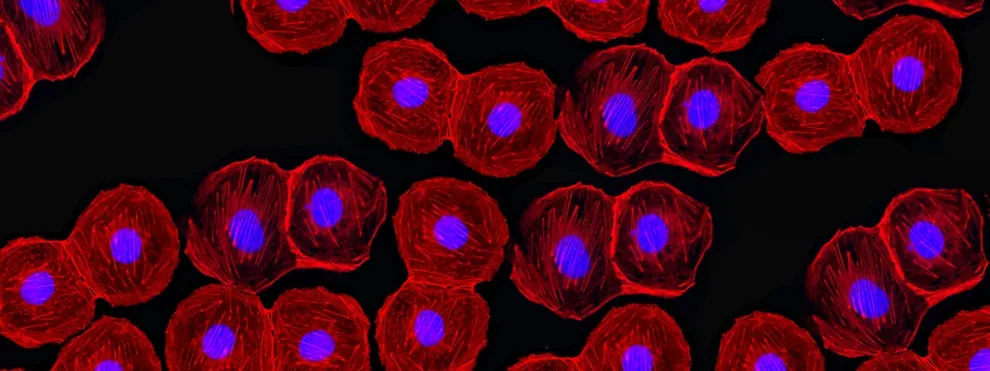Fluorescent-Activated Cell Sorting (FACS) is a flow cytometry-based technique in which cells are stained with fluorescently labelled antibodies and sorted based on pre-defined staining parameters that are specific to different cell types. FACS users must consider multiple factors when designing and running a FACS experiment. Consider these three factors as you plan and carry out your next FACS experiment.
- Starting Sample: What kind of sample are you starting with? Are you working with whole blood or PBMCs? Are you pooling mouse lymph nodes or using tissue biopsies? The sample source will dictate the number of total cells that are in your starting sample, and some samples may need more extensive processing prior to cell staining and FACS. Look at your cell counts and cell viability in your starting sample as you determine the best number of cells with which to start.
- Final Frequency: The cell count you start with is also dictated by the cell types you are trying to sort. Some cells may be more abundant, such as T cells sorted from PBMCs, whereas other cells, like dendritic cells, are rare in almost all tissues. You may have to significantly scale up your starting cell count in order to end up with a reasonable number of cells in your final FACS output.
- Output Options: The protocol you use for your FACS experiment is also dictated by what you are doing with the sorted cells. Do you plan to culture the cells after sorting, or are you running transcriptomic analysis on your sorted cells? If you need viable cells for further analysis, staining and sorting steps must be carried out using methods that preserve viability, but some cells will still die during processing and affect the final cell counts. If cells do not need to be viable, different methods can be used, and downstream viability is less critical.

These FACS factors should help you plan and test different protocols as you optimize your sorting experiment. It is also worth considering working with FACS experts, whether it is a colleague at your institution or a contract research organization. Expert advice often saves scientists time, money, and samples in the long run.

